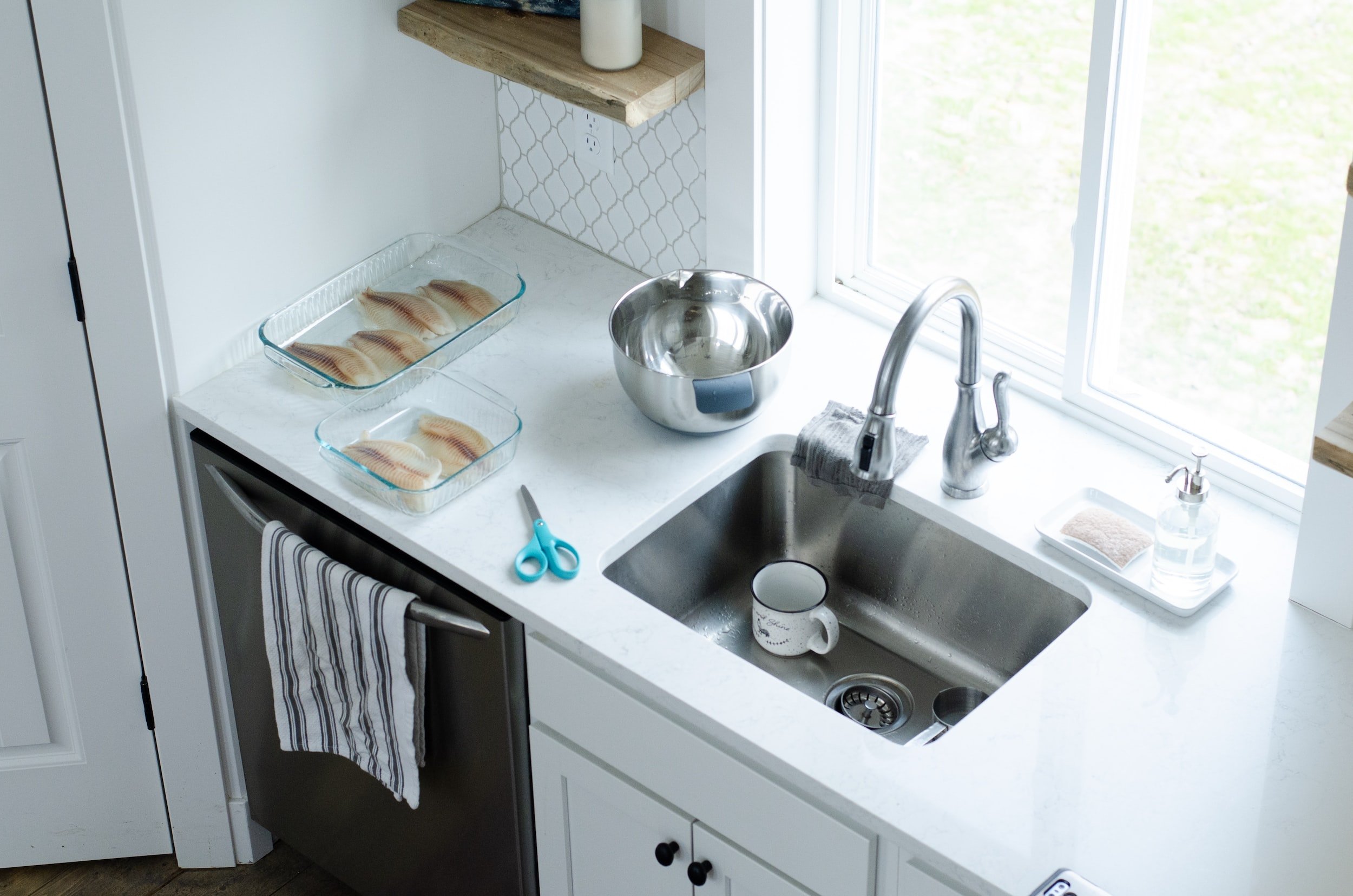The author is making several great annotation regarding Understanding the Basics of Your Home's Plumbing System overall in the article below.

Plumbing is a crucial facet of any kind of home, in charge of supplying clean water for drinking, food preparation, and bathing, as well as getting rid of wastewater securely. Comprehending the fundamentals of home plumbing is important for every homeowner to make certain appropriate upkeep, troubleshooting, and, if essential, repairs. In this beginner's guide, we'll cover the essential ideas of home plumbing to aid you become extra acquainted with just how it works.
Supply Of Water System
The water system brings tidy water right into your home from a community water resource or a personal well. It consists of a major water line that links to your home's plumbing system, usually situated underground. A water meter measures the quantity of water consumed, while a shut-off shutoff allows you to regulate the flow of water right into your home.
Plumbing Components
Plumbing fixtures are tools that deliver water to numerous parts of your home and include sinks, taps, toilets, showers, tubs, and devices such as dishwashing machines and cleaning machines. Each fixture is attached to the supply of water system using pipes and installations and might have its shut-off valve for upkeep or emergency situations.
Water Furnace
The water heating unit is in charge of heating water for residential usage, including bathing, food preparation, and cleansing. Common kinds of hot water heater consist of tank-type water heaters, tankless (on-demand) hot water heater, and heat pump water heaters. The hot water heater is connected to the water supply system and provides warm water to plumbing components as required.
Drainage System
The drain system eliminates wastewater from your home and lugs it away to a sewer therapy center or septic system. It consists of a network of pipes, installations, and components that move wastewater from plumbing fixtures to the main drain line or sewage-disposal tank. Appropriate drain is vital to prevent clogs, backups, and sewage leaks.
Ventilation System
The ventilation system aids maintain proper air pressure and avoid drain gases from entering your home. Vent pipes, also known as air vent heaps, expand from plumbing components to the roof covering, permitting sewage system gases to run away securely outdoors. Air flow pipes also allow air to get in the water drainage system, promoting smooth wastewater circulation and protecting against suction or vacuum cleaner impacts.
Typical Plumbing Devices
Having the right devices handy is necessary for doing fundamental plumbing repair services and maintenance tasks. Usual plumbing devices consist of flexible wrenches, pipe wrenches, pliers, pipeline cutters, hacksaws, bettors, augers (or drain serpents), and Teflon tape. Having these devices conveniently offered can aid you take on minor plumbing issues efficiently.
Standard Plumbing Fixings
While some plumbing fixings might require specialist help, numerous common concerns can be attended to with basic do it yourself methods. Knowing just how to take care of a leaky tap, unclog a drainpipe, change a toilet flapper, or fix a leaking showerhead can conserve you time and money on plumbing fixings.
Final thought
Understanding the essentials of home plumbing is vital for every home owner to preserve a secure, functional, and reliable plumbing system. By familiarizing on your own with the water supply system, plumbing components, drainage system, air flow system, common plumbing tools, and standard repairs, you can with confidence address minor plumbing concerns and ensure your home's plumbing system runs efficiently.
Understanding Basics of Home Plumbing System: A Beginner's Guide
The Main Components of Your Home Plumbing System
The Water Supply System
This system is responsible for transporting fresh water into your home. It usually has a main water line that splits into two branches: one directed towards cold water services and the other connected to a water heater for hot water. The pressure is key here; it ensures water reaches all parts of your house.
The Drainage System
Once water has been used, it becomes wastewater that needs to be removed from your home. This is where the drainage system comes into play. It includes all the pipes that carry wastewater and sewage away from your house to sewage treatment facilities or septic tanks.
The Vent System
The vent system prevents sewer gases from entering your home and helps maintain the pressure balance that allows wastewater to flow out properly. These vents usually exit through the roof of your house.
Water Heating System
For those who enjoy hot showers or using hot water for cleaning, the water heater is a crucial part of the plumbing system. It can be a tankless system, which heats water on demand, or a traditional water tank model.
Common Plumbing Problems and Basic Troubleshooting
Plumbing systems, while designed to be durable, can face issues like clogged drains, leaky faucets, or low water pressure. Here are some basic troubleshooting tips:
Clogged Drains
Use a plunger or a plumber's snake to try and dislodge whatever is blocking the drain. Regular cleaning can prevent clogs.
Leaky Faucets
Often caused by worn-out washers or gaskets, these can usually be replaced by someone with basic DIY skills.
Low Water Pressure
This might be due to sediment build-up in your fixtures or a leak somewhere in your water line. Cleaning out aerators or seeking a professional to detect leaks might be necessary.
Preventive Maintenance Tips
Maintaining your plumbing system is key to avoiding emergencies. Regularly check for leaks, avoid disposing of grease down the sink, and have your system inspected by a professional plumber at least once a year.

As a serious person who reads about What to Know About Plumbing: Basics, Tips, and Insights, I was thinking sharing that short article was worth the trouble. Enjoyed our piece? Please share it. Let others discover it. Thanks for being here. Don't hesitate to check up our site back soon.
Click Here